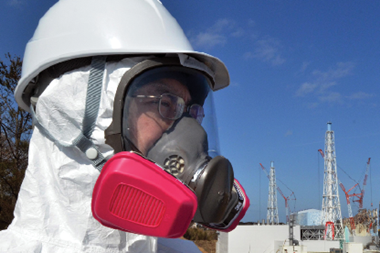Standing 3,715 m above sea level, Teide is the third largest volcano on earth, and has erupted nine times since the island was settled in the fifteenth century. Over the last 300 years eruptions have occurred every century or so, in 1706, 1798 and most recently in 1909, so signs now of possible future activity should not be a surprise.
After 95 years of calm, swarms of small earthquakes started in April this year, and continue sporadically. Before an eruption, the numbers of such earthquakes can be expected to increase progressively and it may be many months before an eruption occurs. In 1909, earthquakes continued for a year and a half before magma eventually breached the surface. It is also possible that fresh magma might come to a halt and solidify before it reaches the surface.
The current earthquake swarms are clustered on the SW flank of Teide, near the site of the last eruption. Like the 1909 event, a future eruption is likely to be predominantly effusive, which means it will be dominated by lava flows. As a result, lives are unlikely to be at risk, although property and agricultural land may be seriously threatened. In 1706 an eruption in the same area destroyed much of the coastal town of Garachico, which has since been rebuilt. To track the seismic events go to: www.geo.ign.es.

















